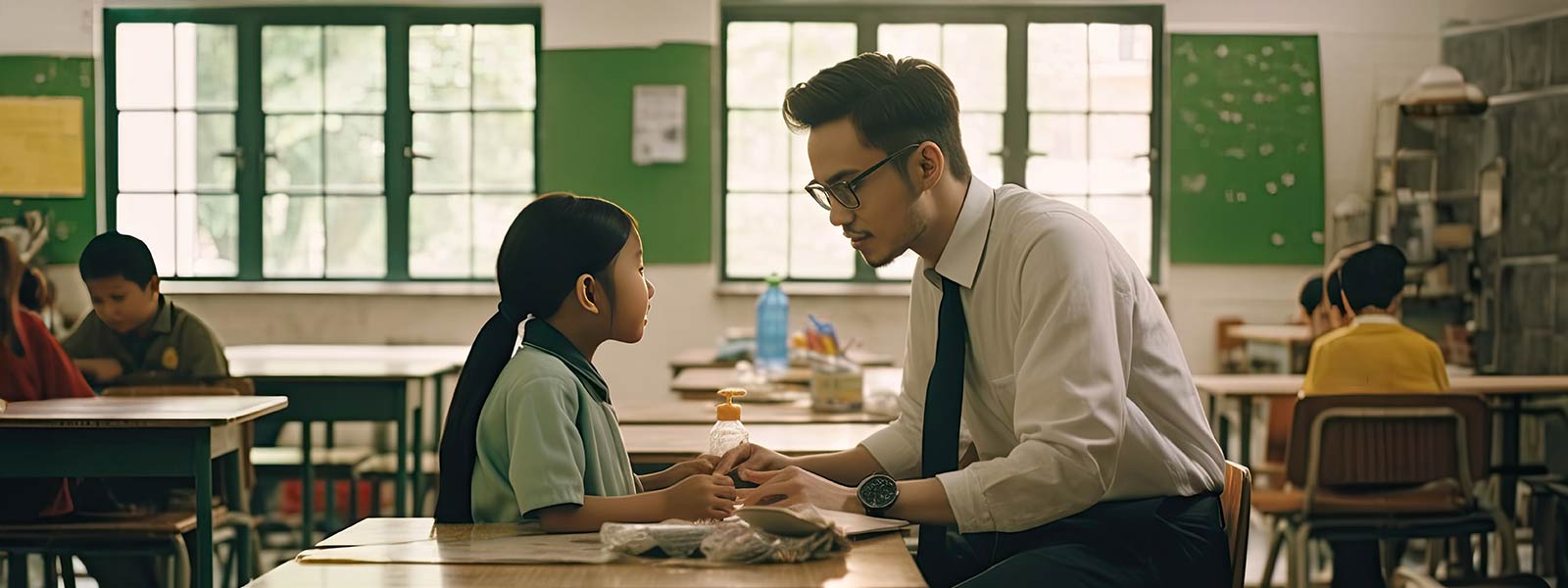Good communication between teachers and students is necessary for students to fully understand the lessons and concepts being taught. It allows for clear explanation of ideas and encourages better comprehension.
Besides, communication is key for providing feedback. Teachers need to communicate effectively to provide constructive criticism, and students need to be able to communicate their ideas and questions as well. This two-way feedback can significantly enhance learning.
When students find themselves overwhelmed with their education, it can become challenging to communicate effectively or even to comprehend complex academic concepts. Students can search on Edubirdie for an essay and get professional help from writers to get less stressed and find time to provide qualitative education.
A Few Words About Communication Software
Communication software is like the digital version of your social hangouts, meeting rooms, post office, phone, and even your sticky notes. They help people share information, chat, work together, or just stay connected. Here’s what’s out there.
- Email Clients: Think Gmail or Outlook. They help you send, receive, and organize emails.
- Messaging Apps: Apps like WhatsApp or Slack let you chat in real-time. You can send messages, make calls, share files, and sometimes even funny GIFs.
- Social Media Platforms: Websites like Facebook, Twitter, or Instagram are where you share thoughts, photos, videos with your network.
- Video Chat Tools: Need a face-to-face chat with someone far away? Tools like Zoom or Google Meet make it possible. You can talk, see each other, and even share your screen.
- Collaboration Platforms: These are like your virtual office. Platforms like Microsoft Teams combine chat, video calls, file sharing, and more, to help you and your team work together better.
So, in short, communication software helps us stay connected and work together, no matter where we are.
Communication Software and Education
Communication software can be a game-changer in education. It’s already being used in a lot of ways.
- Online Classes: Video conferencing tools like Zoom or Microsoft Teams are used to hold online classes. Teachers can present lessons, students can ask questions, and it’s all in real time.
- Collaboration: Apps like Google Docs let students work on projects together, no matter where they are. They can write, edit, and chat all in the same document.
- Staying in Touch: Email and messaging apps make it easy for students and teachers to keep in touch. Got a question about homework at 9pm? Just send your teacher a message.
- Class Discussions: Some platforms have forums where students can post and discuss topics. It’s a great way for everyone to share ideas and learn from each other.
- Sharing Resources: Teachers can share files, links, and resources using these tools. No more losing handouts or forgetting where you saw that article!
- Parent-Teacher Communication: Software like Remind are used to keep parents in the loop about what’s happening in class.
Optimizing Education with Communication Software
Communication software can be a game-changer in education. It’s already being used in a lot of ways.
- Anytime Questions: With email or messaging apps, students can fire off a question whenever they hit a snag, even outside school hours. It’s like having a 24/7 help desk.
- Chat It Out: Online discussions can get everyone talking more. Some students who might not say much in class might totally open up in a chat group. It’s like getting an invite to the coolest study group.
- Teamwork without the Hassle: Remember when group work meant trying to find a time and place everyone could meet? With collaboration tools, your team can work together whenever and wherever you want. It’s like having a virtual project room.
- No More Lost Stuff: Teachers can share notes, essay examples assignments, and resources, and students can access them anytime. No more losing handouts or forgetting to write down homework. It’s like having a personal class organizer.
- Parents Get the Scoop: Communication software lets teachers share updates with parents, too. They can see what’s going on in class, know when assignments are due, and more. It’s like giving parents a backstage pass to the classroom.
- Class from Home: Can’t get to school? No problem. With video conferencing, classes can be held online. It’s like having a portable classroom.
- Learn at Your Speed: Some platforms allow lessons to be recorded, so students can watch or re-watch them at their own pace. It’s like having a personal rewind button for class.
Communication Secrets at School
Let’s chat about some secrets that can really help you succeed at school. And guess what? They’re all about communication!
- Understand the Grading System: First off, it’s important to understand how grading college papers works. Professors often have specific criteria they’re looking for, like clear arguments, proper evidence, and solid organization. Getting to know these criteria can help you ace those papers!
- Learn from Feedback: Pay close attention to teacher comments on your writing. They’re not just random notes – they’re insights into how you can improve. Maybe you need to support your ideas better or work on your grammar. Those comments are like a roadmap to better grades.
- A Spell for Good Grades: You might wish there was a magic spell for good grades, but the real ‘magic’ comes from communication. Ask for help when you need it, participate in class discussions, and always clarify anything you’re unsure about. It’s not exactly a magic wand, but it’s pretty close!
- Student Contract for Grades: Some teachers might be open to a ‘student contract for grades’. This means agreeing on specific targets and the steps you’ll take to hit them. It’s a great way to take charge of your learning and it opens clear lines of communication with your teacher.
- Speak Up: And don’t forget, communication isn’t just about talking – it’s about listening, too. Listen to your teachers, your classmates, even yourself. Understanding is the first step to success.








